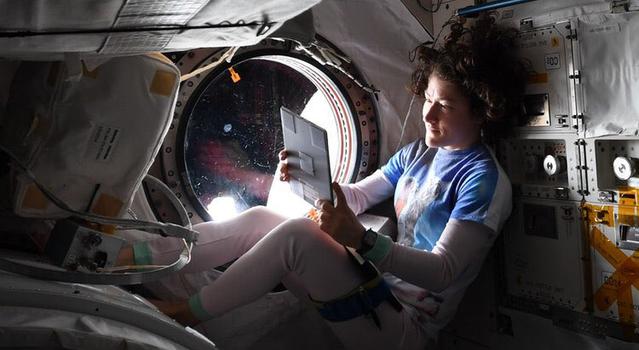
This means that the next time the virus attacks, the bacteria will remember it and send RNA and Cas to locate and destroy the virus. To recap: in nature, when a virus invades bacteria, its unique DNA is integrated into a CRISPR sequence in the bacterial genome. The significance of these Cas enzymes is their ability to act as “molecular scissors” that can cut into DNA. Once activated, these genes make special enzymes that seem to have co-evolved with CRISPR. This viral DNA ends up as the spacers in the CRISPR sequence. This method then gives the bacteria protection or immunity when a specific virus tries to attack again.Īccompanying CRISPR are genes that are always located nearby, called Cas ( CRISPR- associated) genes. They do this by incorporating the virus’ DNA into their own bacterial genome. Essentially, it is a series of short repeating DNA sequences with “spacers” sitting in between them.īacteria use these genetic sequences to “remember” each specific virus that attacks them. The acronym “ CRISPR ” stands for C lustered R egularly I nterspaced S hort P alindromic R epeats. It’s also used by organisms in the Archaea kingdom (single-celled microorganisms).
#Nasa astronauts crispr editing technology for code
TABLE OF CONTENTSĬRISPR is a defining feature of the bacterial genetic code and its immune system, functioning as a defense system that bacteria use to protect themselves against attacks from viruses. In this explainer, we dive into CRISPR, from a simple explanation of what it is to its applications, limitations, and future.

But society and industry can’t have this conversation without understanding the basics of CRISPR. But, as with any new technology, it may also cause unintended problems.Ĭhanging DNA - the code of life - will inevitably come with a host of far-reaching consequences.

Recent reports even examine its use as a highly efficient disease diagnostics tool. CRISPR could revolutionize how we tackle some of the world’s biggest problems, including cancer, food shortages, and organ transplant needs.


 0 kommentar(er)
0 kommentar(er)
